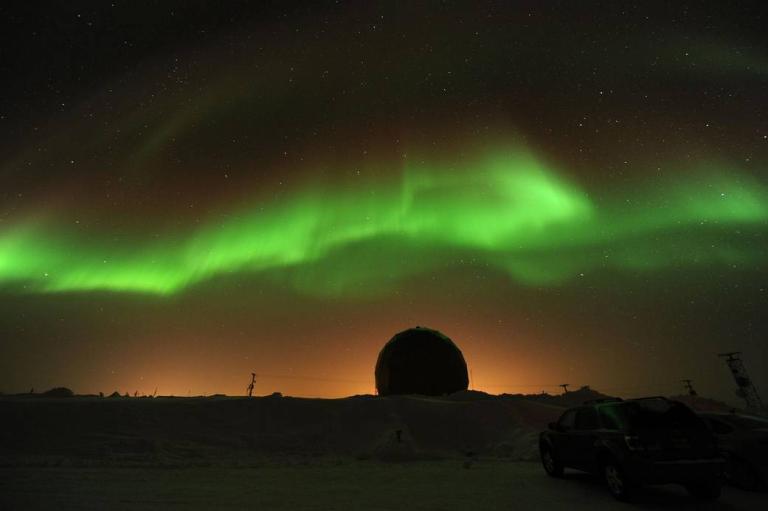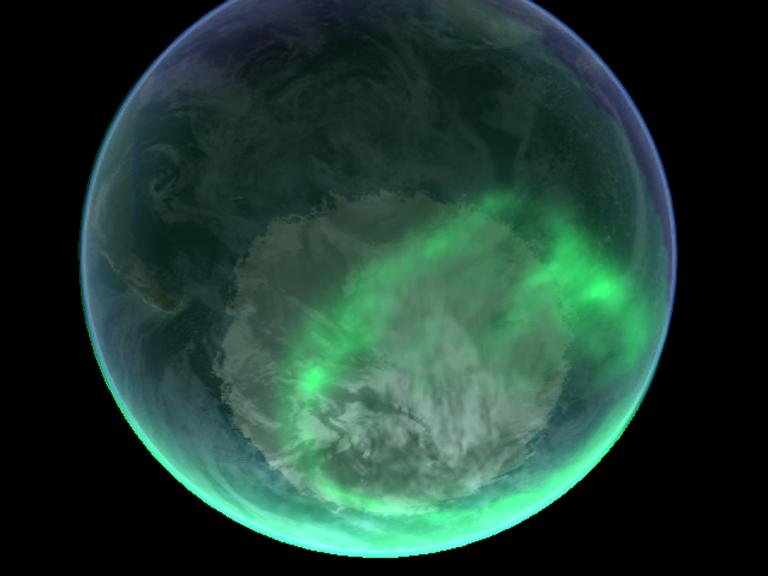Aviation - Hazards - Space Weather

Space Weather
From a broad perspective, WMO defines space weather as “The physical and phenomenological state of the natural space environment, including the Sun and the interplanetary and planetary environments.” This comprehensive definition cuts broadly to include the slowly varying galactic cosmic rays (GCR) coming from outside the heliosphere as well as the repetitive high-speed solar wind streams from voids in the solar corona. Space weather effects can stem from eruptions as well as from variations in the flow of charged particles, photons and the magnetic field.

From an aviation operations perspective, space weather events cause disruptions to communications, navigation and surveillance systems. In addition, they elevate radiation dose levels at flight altitudes. Space weather events may occur on short time scales, with the effects occurring from almost instantaneously to over a few days.
Space weather forecasts for international civil aviation address particular types of disturbances, namely solar radiation, geomagnetic and ionospheric storms, and solar flares. In addition, predictions of the slowly varying elements (i.e. GCR and high-speed stream-induced geomagnetic storms) are also produced. These forecasts enable operators the opportunity to be situationally-aware and to formulate alternative plans should the impending conditions be of a magnitude and a type that could disrupt normal operations.

WMO has supported ICAO in the development of a Manual on Space Weather Information in Support of International Air Navigation (ICAO Doc 10100). The manual provides guidance for aeronautical meteorologists, particularly those at the operational level, as well as for operators, flight crew members, air traffic services units, search and rescue services units, airport management and others concerned with the conduct or development of international air navigation. It describes practices to be applied in the provision, reception and use of information on space weather phenomena affecting international air navigation.
Doc 10100 is only available from ICAO. For assistance, please %20icaohq icao [dot] int (contact ICAO directly).
icao [dot] int (contact ICAO directly).
